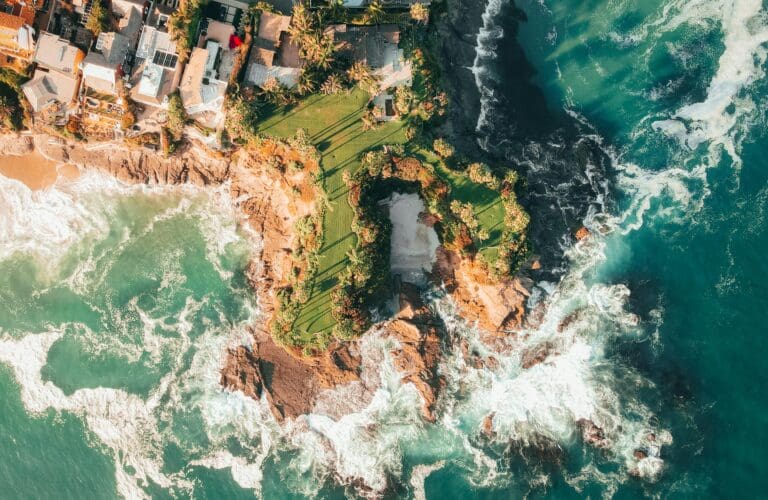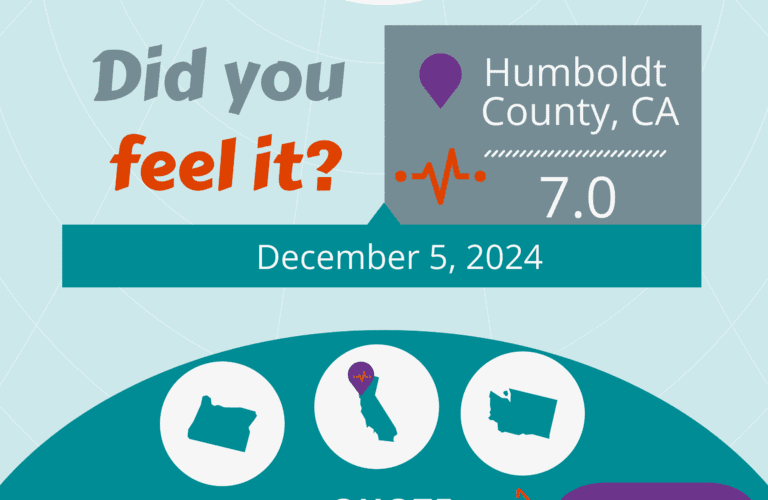What is a Financial First-Aid Kit?
Survival supplies are often what comes to mind when thinking about emergency preparedness. However, have you considered financial preparedness for the next earthquake or natural disaster? If not, a financial first-aid kit is an excellent way to start. Similar to a medical first-aid kit for physical harm, a financial first-aid kit will help you avoid economic devastation from an unexpected crisis.
Sounds like a strange idea? Consider these scenarios without a financial first-aid kit:
- Bills don’t go away just because a natural disaster struck in your community.
- Filing paperwork, dealing with medical care, or living without power for an undetermined amount of time.
- Your financial and legal documents may get left behind by mistake in an evacuation.
Where do you start? We’ll take you through the six types of items to include as a starting point.
Here are the 6 things you need for your financial first-aid kit:
Household Identification
First, you need to have IDs (and copies) for every member of your household. You’ll want to be able to provide proof when it is required. Identification of children helps to establish parental rights when speaking with authorities or medical staff. Your financial first-aid kit consolidates all these valuable documents and will ensure you can maintain contact with family members, employers, or gain access to crucial services.
- Photo ID of all household members.
- Birth certificate(s).
- Social Security card(s). Note: You’ll need these to apply for FEMA disaster assistance.
- Military Service identification.
- Pet ID and registration tags.
Financial and Legal Documentation
Next, focus on your financial and legal documents. These documents are essential to have in your financial first-aid kit for several reasons. First of all, you’re likely to forget about those pesky bills during an emergency. Documentation of your housing payment, income, and insurance policy information will help you stay on track with your financial obligations. Secondly, some of these documents will help you reach out to your insurance, legal, and financial resources. These records will help if you need to access your financial accounts or file a claim.
- Housing Payments to identify financial records and obligations.
- Insurance policies to help file claims and re-establish financial accounts.
- Sources of income to maintain payments and credit.
- Loan Documentation and Terms.
- Tax statements.
Medical Information
After a disaster or emergency, you’re likely to need medical care for yourself or a loved one in your home. Health insurance cards in your financial first-aid kit for every member of your household is absolutely crucial. Furthermore, having additional medical information stored will help doctors assess your health and the best way to care for you or a family member.
- Physician information. This will help doctors with health information and records.
- Health insurance information + extra copies.
- Immunization records.
- Medication and prescription information.
Insurance Information
Have we said insurance information enough? It is so important to keep a copy of your policies and document everything your insurance policies cover. If you’re dealing with an emergency, you’ll be needing this information more than ever. Remember to include those “unusual” insurance policies like pet insurance or earthquake insurance coverage.
Household Contact Information
Although similar to your Emergency Contacts list, this is a list of financial and legal providers. Don’t forget to include contact information for utility companies or other services for your home.
- Banking institutions and financial advisors.
- Insurance Companies and Agent(s).
- Health Service Providers, Physicians, and Health Professionals.
- Service Providers.
Emergency Money
After a disaster in your community, you may not have access to an ATM or bank. A power outage will render your credit and debit cards useless. In fact, cash may be your only option. Make sure you have at least $100 of cash in your kit. This money should be broken down into smaller increments so that you’re able to pay with exact change. Your cash should have bills no larger than $20 with a variety of smaller denominations mixed in.
All Done Collecting Your Financial First-Aid Kit Items?
Finally, decide where your kit will be stored. A safety deposit box, an external drive, or a cloud-based service are three great storage methods. Even better, think about having two forms of storage: one digital and one physical. It never hurts to have a backup plan for the unexpected.
Congratulations on taking the first step to financial preparedness!



